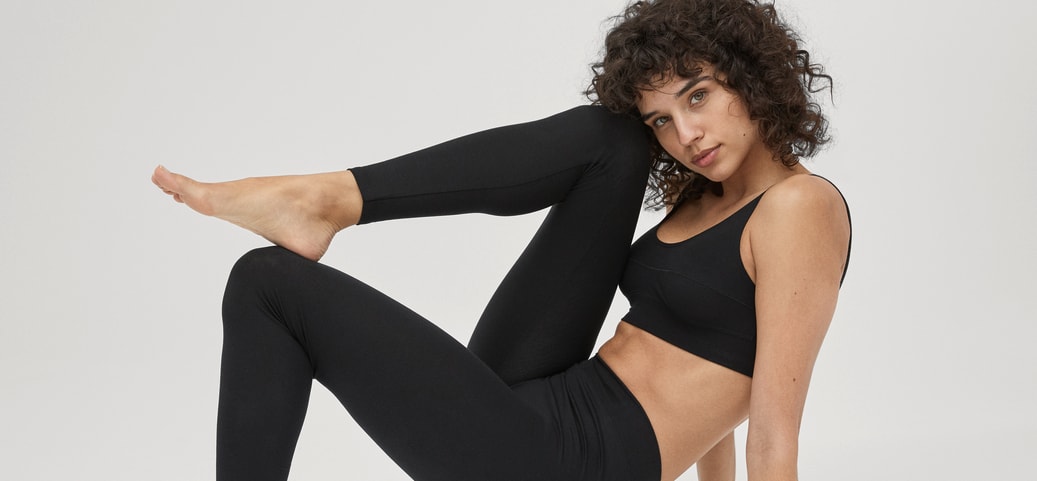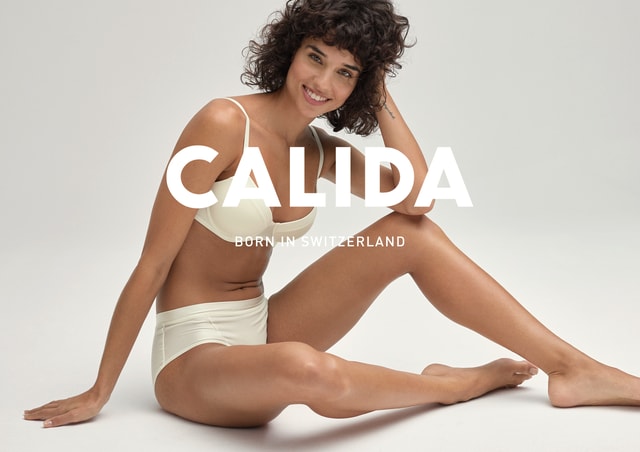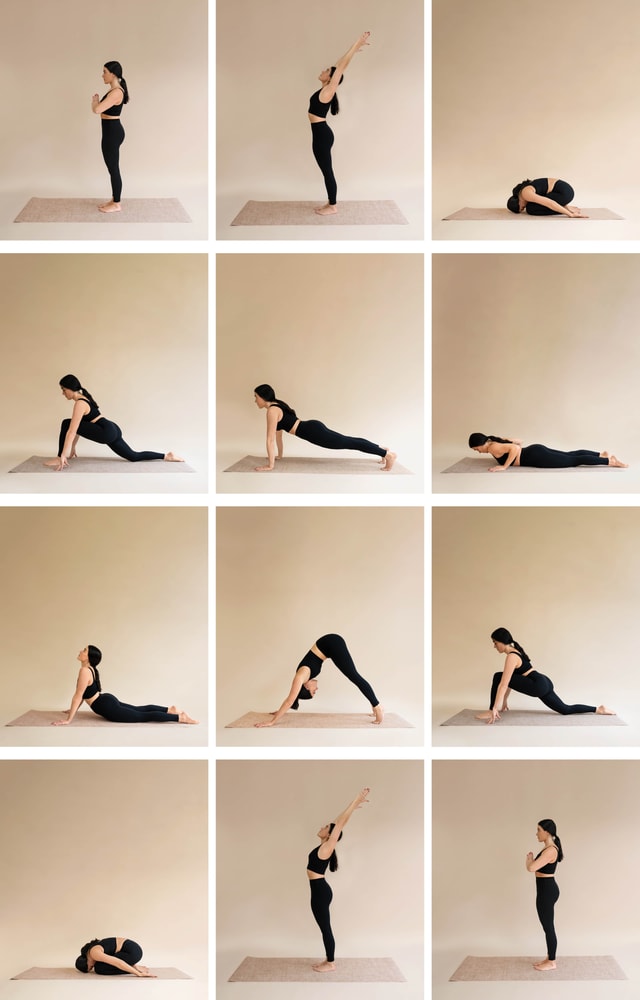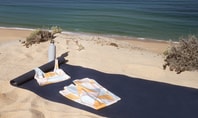World Yoga Day: the Sun Salutation yoga sequence for everyday energy
Today is the International Day of Yoga, which aims to make the Indian teachings more accessible to people across the globe. Today is also the summer solstice, making it the longest day of the year and the official start of summer on the calendar. We at CALIDA are celebrating this day with the well-known Sun Salutation yoga sequence – we’ll take you through it, step-by-step, so that you can give it a go yourself.
by CALIDA
June 21, 2024•6 min reading time

Celebrate World Yoga Day with us!
Table of Contents
What is World Yoga Day and when is it celebrated?
World Yoga Day honours and celebrates the practice of yoga and has officially been recognised as International Day of Yoga since 21 June 2015. The day was introduced by Indian Prime Minister Narendra Modi and has been successfully endorsed by the United Nations (UNO). The aim is to popularise and promote the traditional Indian teachings so that the health-promoting effects of yoga are made known across the world.

How is World Yoga Day celebrated?
The date 21 June connects yogis and yoginis worldwide: they practise yoga, meditate and sing mantras together. Indian teachings and traditions are celebrated and made more accessible across society. Countless events are held in over 84 countries. World Yoga Day connects many people around the world and is a symbol of community and peace.
Instructions: the Sun Salutation yoga exercise
Yoga is very diverse and can be carried out in different forms. The great thing about it is that you don’t have to be a pro to start yoga! A nice exercise for beginners – and for more experienced practitioners – is the Sun Salutation. This is a yoga sequence that you can practise virtually every day to build energy and strength. Traditionally, the Sun Salutation is performed in the morning at sunrise. We’ll take through you it, step-by-step, so that you can give it a go yourself.
1) What is the Sun Salutation and what does the exercise do?
The Sun Salutation comes from Hatha yoga and is often a good sequence of movements that you can do to warm up during a yoga session. As the name suggests, the Sun Salutation was created to honour the sun. It involves a sequence of yoga poses (asanas) that flow into one another as you inhale and exhale.
The Sun Salutation offers the following positive effects:
It provides the body with strength and energy for a pleasant start to the day.
It connects the body, mind and soul, which contributes to inner calm.
It activates the abdominal muscles and supports the cardiovascular system.
The breathing rhythm used allows you to expand breathing spaces and create more respiratory volume.
It relieves tension and stretches the muscles.
2) Performing the Sun Salutation exercise
Below, we’ll take you through the individual asanas for the Sun Salutation yoga exercise step-by-step. It consists of individual poses that dynamically flow into one another and are synchronised with your breathing. For this reason, it is important that you control your breathing, inhaling and exhaling deeply throughout the exercise.

The individual asanas (yoga poses) of the Sun Salutation.
Discover more interesting blog posts:


